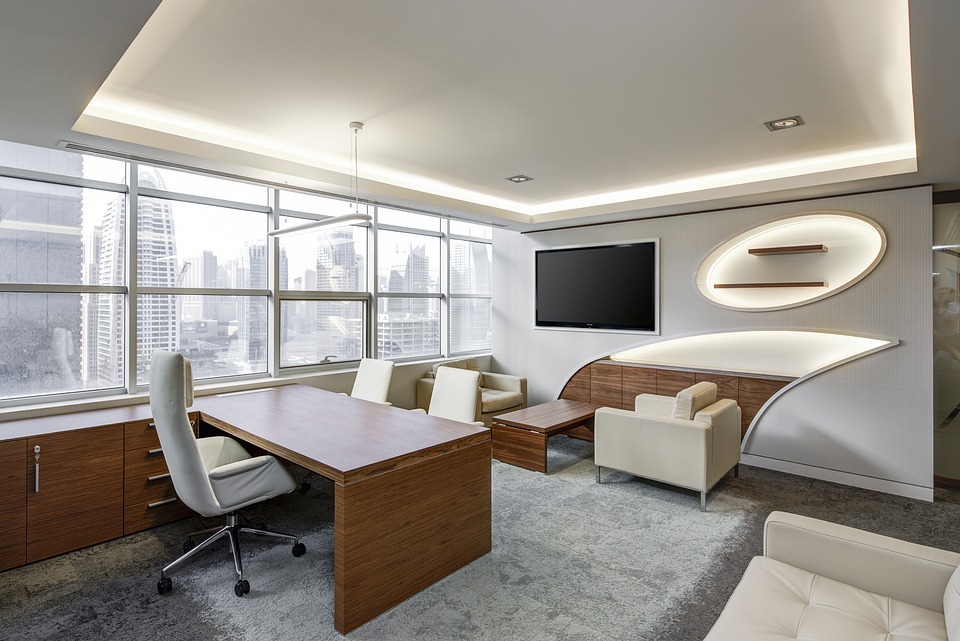
Unlocking the Secrets of Feng Shui through Furniture Placement
Feng Shui, an ancient Chinese art, is believed to bring harmony and positive energy flow into a space. It is based on the principles of balancing the natural elements and creating a harmonious environment to enhance the well-being of those living or working in the space. Furniture placement plays a crucial role in effectively implementing Feng Shui principles. By understanding and applying the secrets of Feng Shui through furniture placement, not only can you improve the energy flow in your home or office, but also create an aesthetically pleasing and calming environment.
1. The Commanding Position: In Feng Shui, the commanding position refers to the optimal placement of furniture, particularly beds and desks, which allows you to have a clear view of the door without being in direct line with it. This position is believed to give you a sense of control and security. When placing furniture, avoid positioning it against a wall or directly opposite the door, as it can cause a feeling of vulnerability and lack of control.
2. Yin and Yang Balance: Yin and Yang are fundamental elements in Feng Shui. Yin represents calmness, relaxation, and a passive energy, while Yang embodies activity, energy, and stimulation. To create a harmonious environment, it is essential to strike a balance between the two. In furniture placement, you can achieve this balance by combining different shapes, sizes, and materials. For instance, pair a soft, rounded sofa with a sturdy coffee table or incorporate soft lighting with bold, vibrant colors to ensure a harmonious atmosphere.
3. Pathways and Flow: The pathways in a space should be clear and unobstructed to facilitate a smooth flow of energy. Arrange furniture in a way that allows easy movement between rooms and avoids creating cramped or cluttered areas. Avoid blocking windows or doorways with large furniture pieces, as this can impede the natural flow of energy. Neatly arranging furniture also helps to declutter the mind and promotes a sense of relaxation and clarity.
4. Balance the Elements: Feng Shui is based on the balance of the five natural elements – wood, fire, earth, metal, and water. Each element is associated with specific colors, shapes, and materials. Incorporate furniture that represents each element to create a harmonious and balanced environment. For example, wooden furniture represents the wood element, while a metal lamp or coffee table represents the metal element. The correct placement of these elements in a space creates positive energy and promotes well-being.
5. Enhance the Bagua: The Bagua is a Feng Shui energy map that divides a space into different areas, each representing an aspect of life such as health, wealth, love, or career. By placing furniture in a way that enhances each area, you can promote positive energy flow into those aspects of your life. For instance, adding a water feature or a mirror in the wealth area can enhance financial prosperity and abundance. Using the Bagua as a guide, position furniture to bring focus and attention to the specific areas you want to improve.
Feng Shui offers a unique perspective on designing spaces by harmonizing energy flow. By understanding the secrets of Feng Shui through furniture placement, you can create a space that not only looks visually appealing but also promotes a sense of well-being and balance. Experiment with these principles and enjoy the positive energy that Feng Shui can bring into your life.